You may recall that I was fascinated last year by the Daubenton’s bats hunting over a pool on the River Alyn, which runs into the Dee not far from Wrexham. After trying to photograph them by hand, I started a project to photograph them using a laser beam and electronic flash.
I thought that the bats were flying in and out of the mill race in the above photograph, so, having perfected my equipment over winter, I set up a laser beam across the gap. Guess what? The bats zoomed around the pool, went past the mill race opening many times, but did not enter the opening and break the beam once! Either they have changed their behaviour, or I was wrong – easy to do, maybe, as the bats did not appear until it was quite dark.
However, the flash went off several times. When I went through the pictures – there were a lot, as the camera lens is open all the time, just closing momentarily in order to avoid problems associated with long exposure times – I found that among them was this one, with a red dot in it.
Enlarging the red dot tremendously, I have this:
This is the midge that set off the flash by interrupting the laser beam, photographed from about 4 metres away with a Canon 500mm f4, proving that my focus was pretty good – note the wings and flash-illuminated legs.
So no bats, but an indication that success was possible if the laser beam was where the bats were flying!
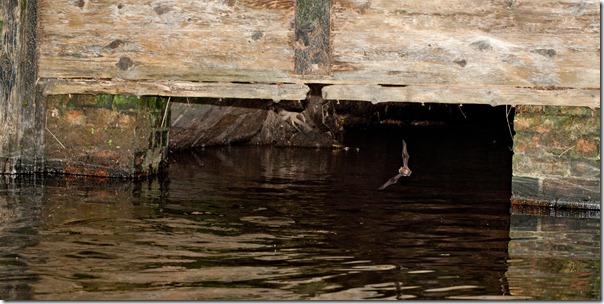
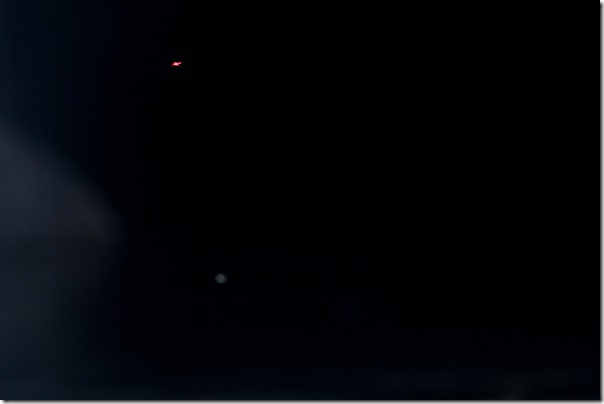
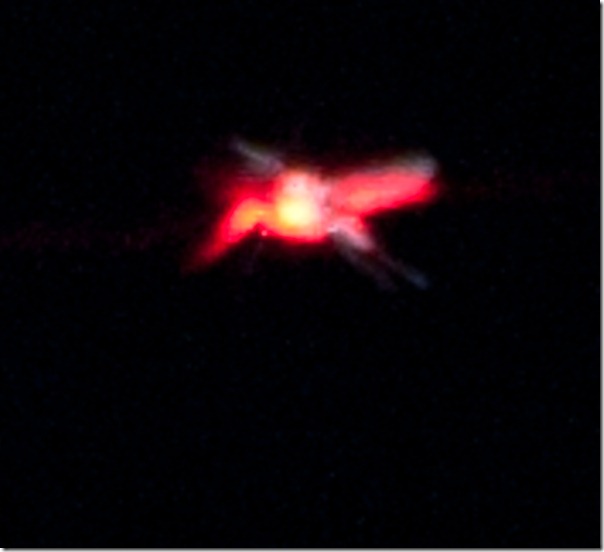

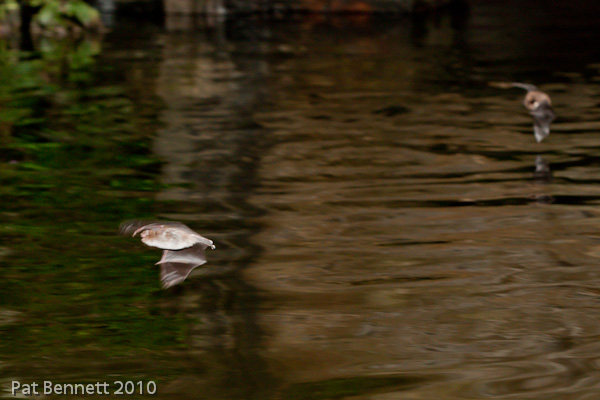
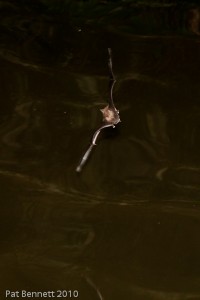
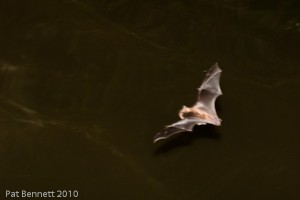
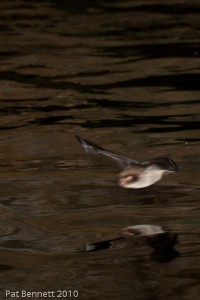 frequently flew in and out of an opening (see the photograph at the top of the page) leading to a sluice gate, and I had an idea for getting some decent photographs. A flashgun which was triggered when a bat interrupted an infrared beam across the opening would probably be fast enough to produce a photograph in focus.
frequently flew in and out of an opening (see the photograph at the top of the page) leading to a sluice gate, and I had an idea for getting some decent photographs. A flashgun which was triggered when a bat interrupted an infrared beam across the opening would probably be fast enough to produce a photograph in focus.